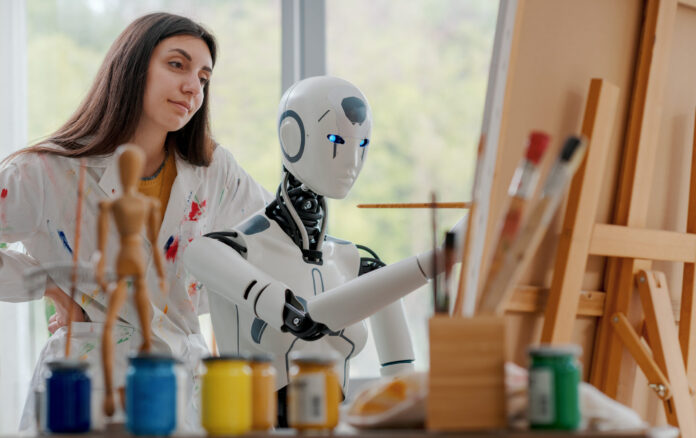In the span of just a few years, generative artificial intelligence has moved from being a futuristic curiosity to a transformational force that is rapidly reshaping business operations, redefining creativity, and altering how decisions are made. No longer confined to academic circles or niche tech firms, generative AI has entered boardrooms, creative studios, hospitals, financial institutions, and even classrooms. The speed of adoption and scale of experimentation is staggering, but what does it really mean for the world beyond the headlines?
At its core, generative AI refers to machine learning models that can produce original content—from text, images, and music to entire strategies and code—based on patterns learned from existing data. Unlike traditional AI that identifies or classifies, generative AI creates. It is a shift from reactive computing to proactive ideation. This change carries profound implications.
In the business world, generative AI is being embraced not only as a tool for automation but as a partner in strategy. Global consulting firms are now using AI models to simulate market scenarios and draft investor reports. Advertising agencies are deploying tools to generate campaign concepts in minutes. In product development, AI-generated prototypes are helping companies reduce time to market significantly.
But it’s in the realm of creativity where the most visible impact is taking place. Artists, filmmakers, and designers are exploring the collaboration between human intuition and machine generation. Fashion labels are training AI on archival designs to produce futuristic collections. Musicians are blending their voice with algorithmic compositions. For many, generative AI is not replacing creativity but enhancing it. The narrative of machines overtaking artists is giving way to one of machines augmenting human expression.
Still, there are valid concerns. The corporate sector faces questions about copyright, data security, and content authenticity. Generative AI can produce text indistinguishable from that written by a human. It can mimic voices and styles. In an age of misinformation, this presents both a technological challenge and an ethical dilemma. If unchecked, these tools could be
misused for fraud, propaganda, or manipulation.
In response, companies and governments are beginning to introduce internal guardrails and external regulatory frameworks. The European Union has taken steps toward regulating high-risk AI models. Major tech firms are embedding watermarking systems into generated content. However, the pace of innovation continues to outstrip the speed of regulation.
In decision-making, generative AI introduces a new dynamic. Executives are beginning to use large language models to draft internal memos, summarize research, and even prepare board presentations. In finance, analysts are leveraging AI-generated insights to simulate market forecasts. In healthcare, clinicians are using generative models to explore alternative treatment options and patient communication strategies.
There is also an emerging question of trust. As machines begin to generate knowledge and not just retrieve it, leaders must ask: how much weight should be given to machine-generated ideas in critical decisions? Should an AI-generated legal argument carry the same weight as one written by a seasoned lawyer? Should a medical diagnosis derived from generative models influence treatment protocols? These are no longer theoretical concerns but real-world questions confronting regulators and professionals alike.
Despite the uncertainty, one fact remains clear: generative AI is not a passing trend. It is becoming a core capability of modern organizations. For companies in Sri Lanka and other emerging markets, this presents both a challenge and an opportunity. Adopting generative AI requires investment in digital literacy, ethical governance, and robust data infrastructure. But it also offers a chance to leapfrog older technologies and embrace the future of value creation.
Looking ahead, the key will be balance. Human oversight will be essential to channel the creative power of generative AI while mitigating risks. Education systems will need to evolve to prepare future generations for an AI-augmented workplace. Policymakers must craft regulations that are flexible enough to adapt to new models but firm enough to prevent misuse.
Generative AI may have started as a marvel of modern computing, but it is now at the heart of a societal transformation. It challenges the way we create, communicate, and decide. And in doing so, it invites us to rethink not only what machines can do, but what it means to be human in an intelligent world.




